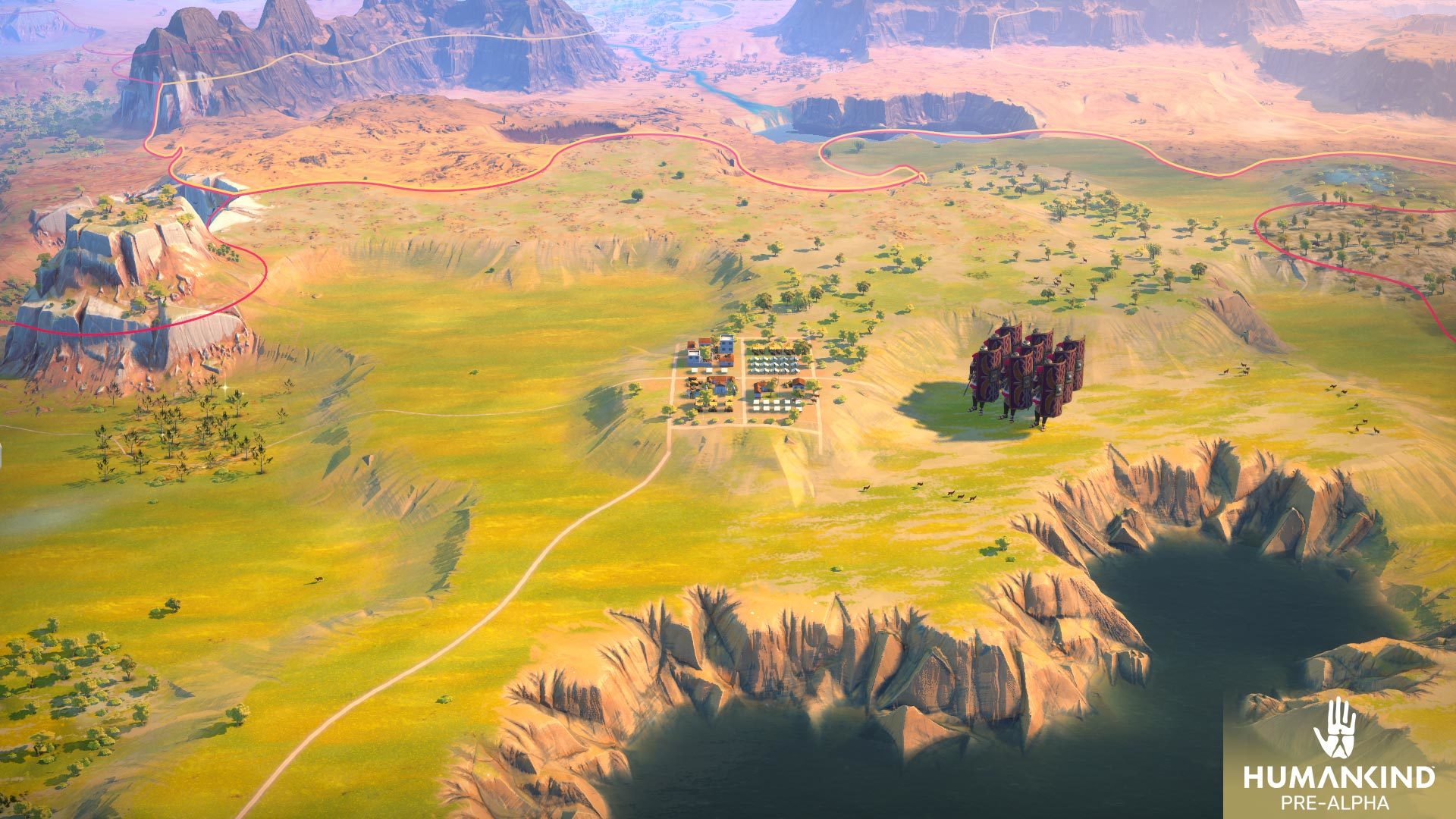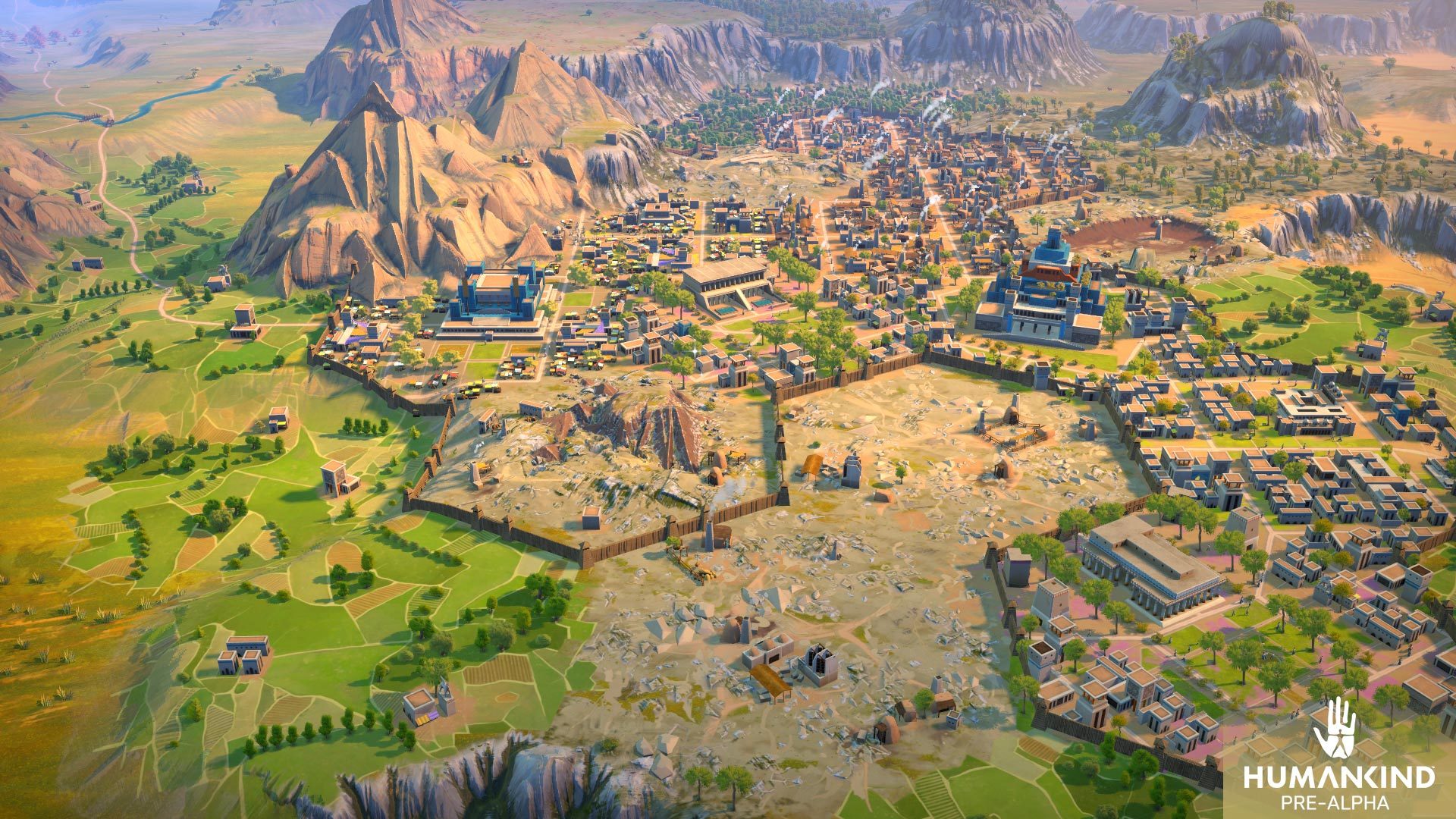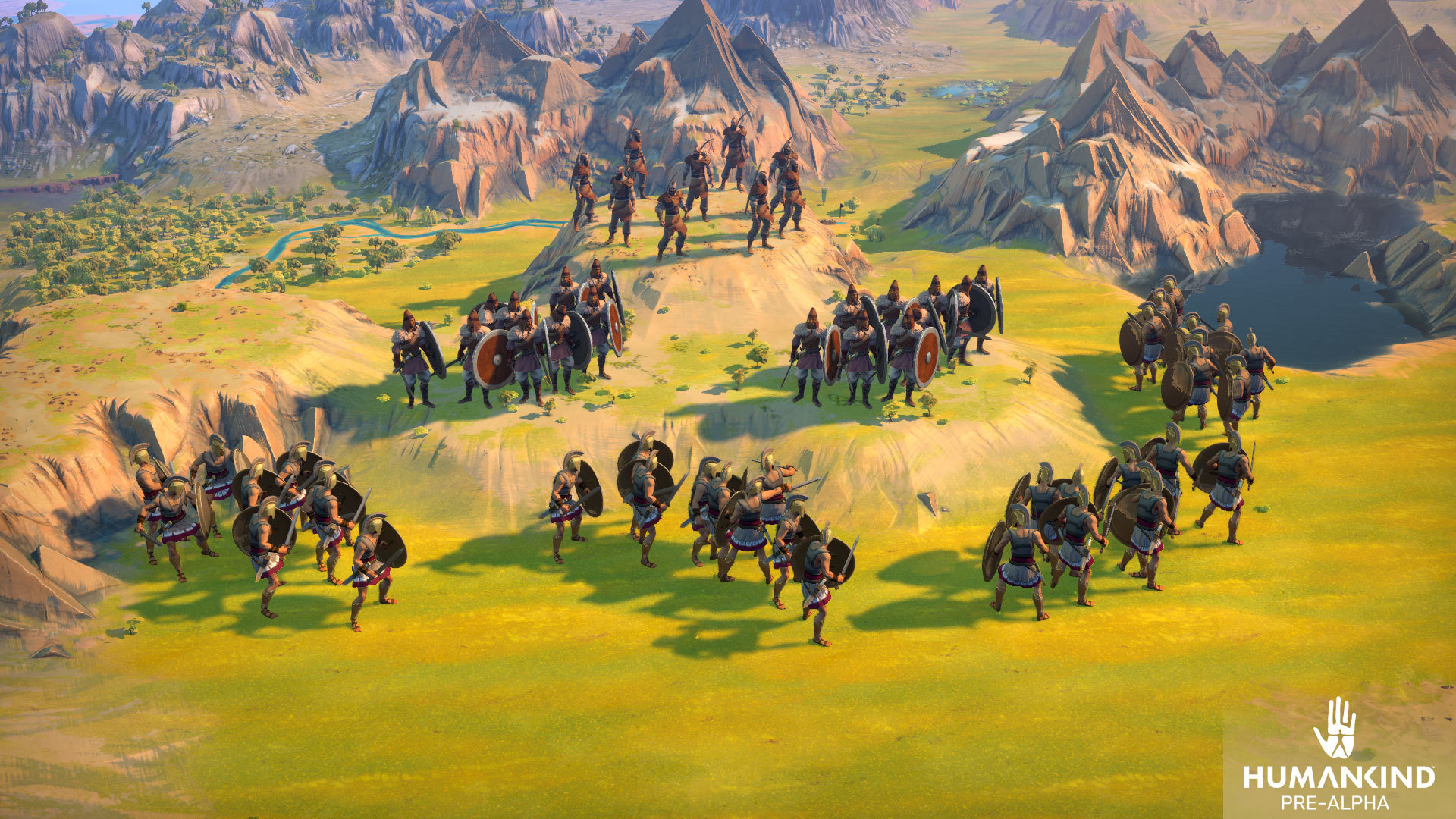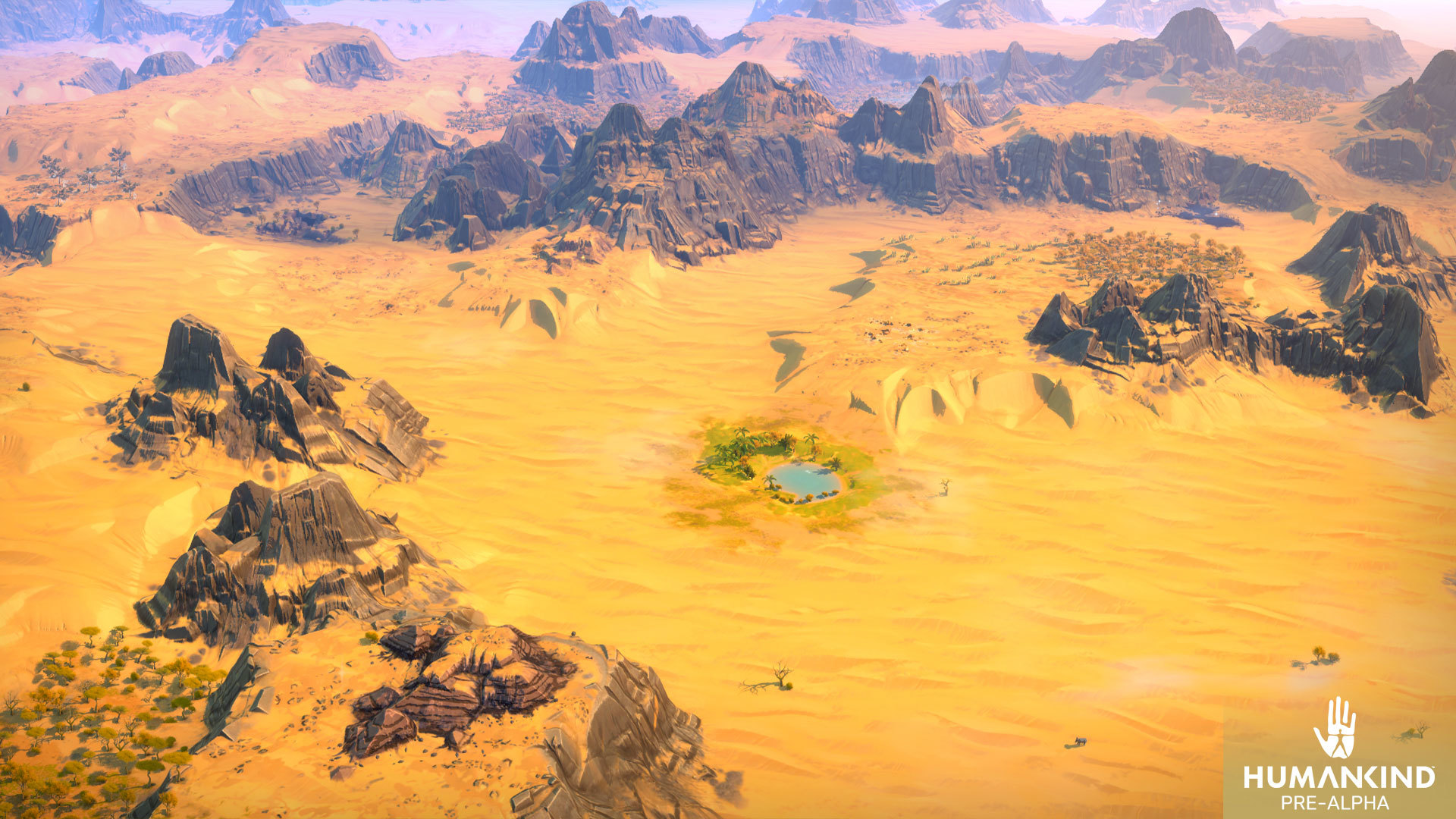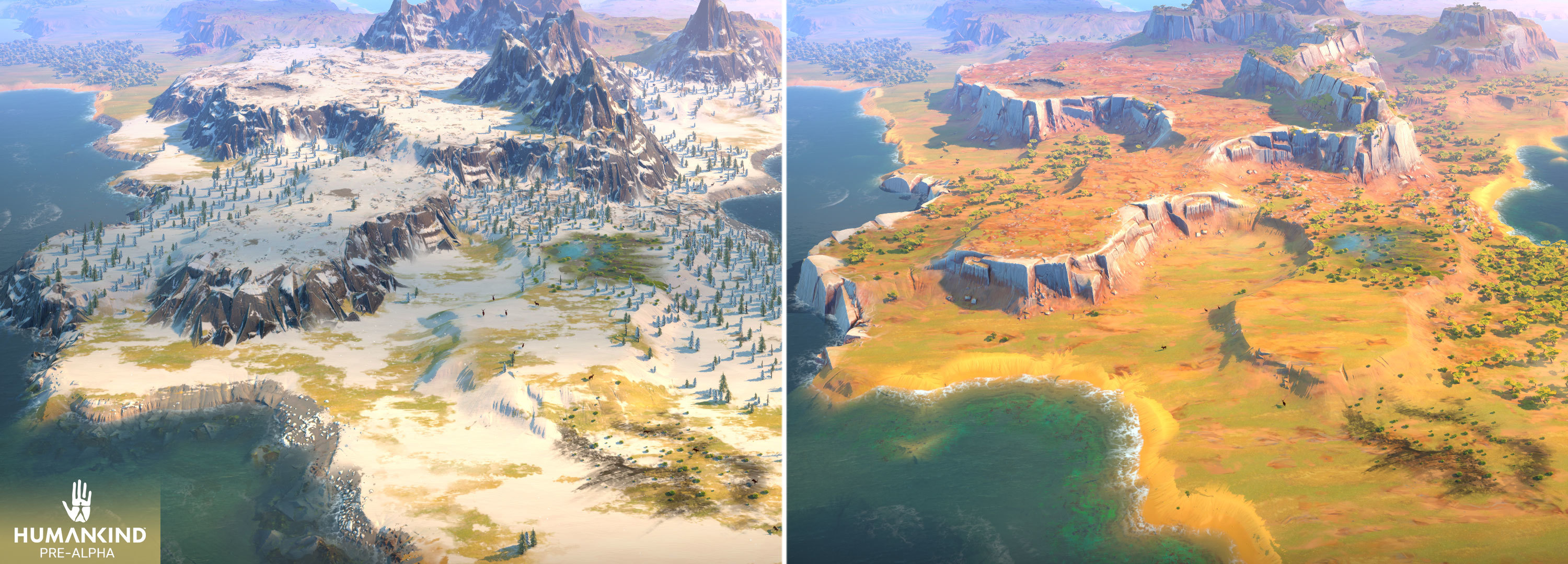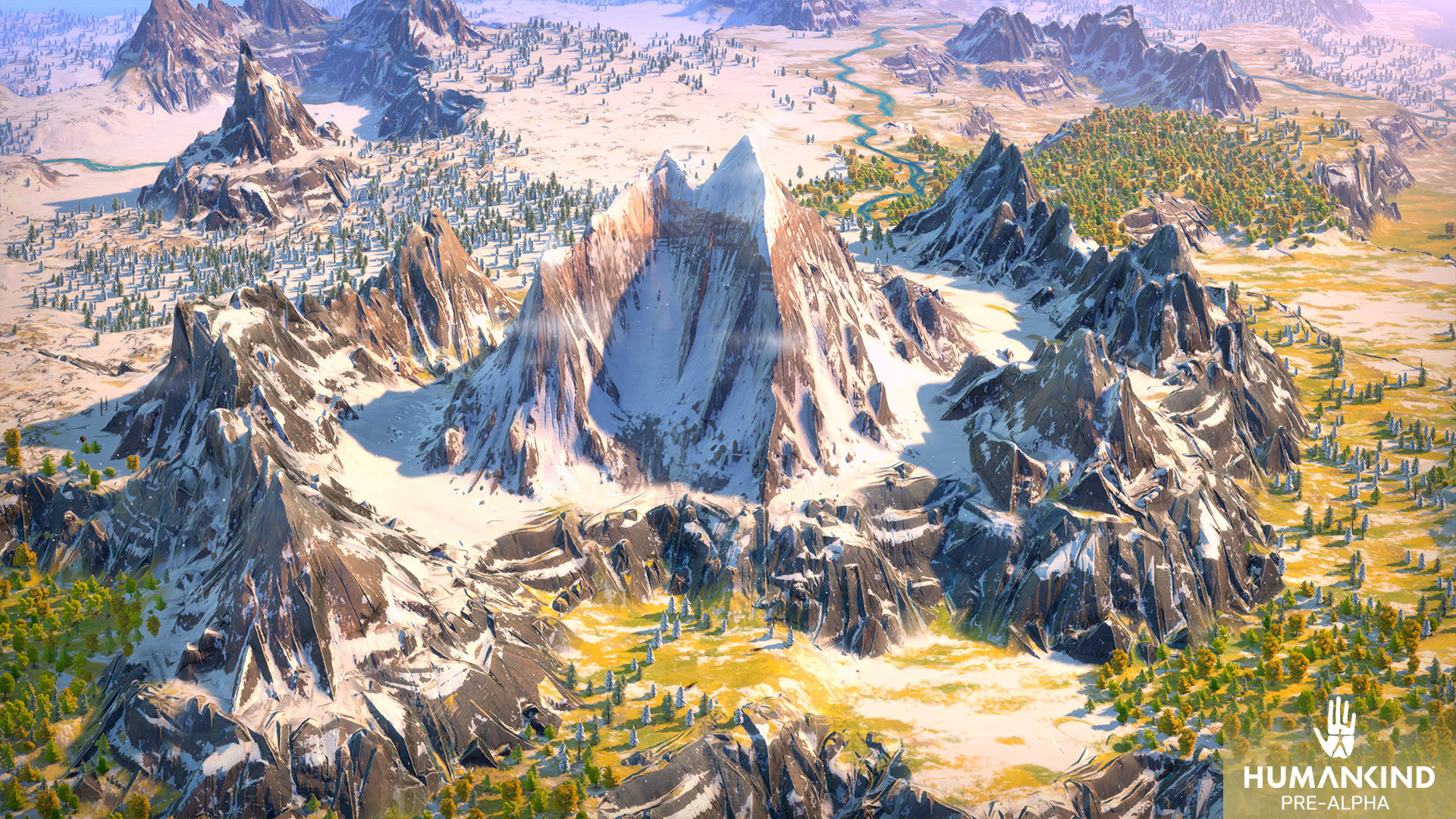
Apr 3, 2020
HUMANKIND™ - The-Cat-o-Nine-Tales
Hello everybody,
Since we announced Humankind, we have seen a lot of questions and speculation on two core systems of the game: Fame and Cultures. It’s finally time for us to dive deeper into how you will leave your mark on history and shape the legacy of your civilization, so check out the video and blogpost below:
Humankind is all about your journey through history, not its conclusion, and this is reflected in the games unified victory condition known as Fame. Every discovery you make, every wonder you built, and many other great deeds will grant you Fame, tracking the mark your civilization left on history. With all your achievements taken into account, Humankind offers you many paths to a single goal: To shape a legacy that lasts through the ages! After all, we remember great builders and great conquerors alike.
This also gives you a lot of flexibility to adapt your strategy to your environment and changing circumstances as the game advances. You can shift from being a civilization focused on science and trade to defending against an aggressor with both contributing equally to your Fame. As all of your great achievements add to your Fame regardless of Era, your journey through history is as important as the goal you eventually reach.
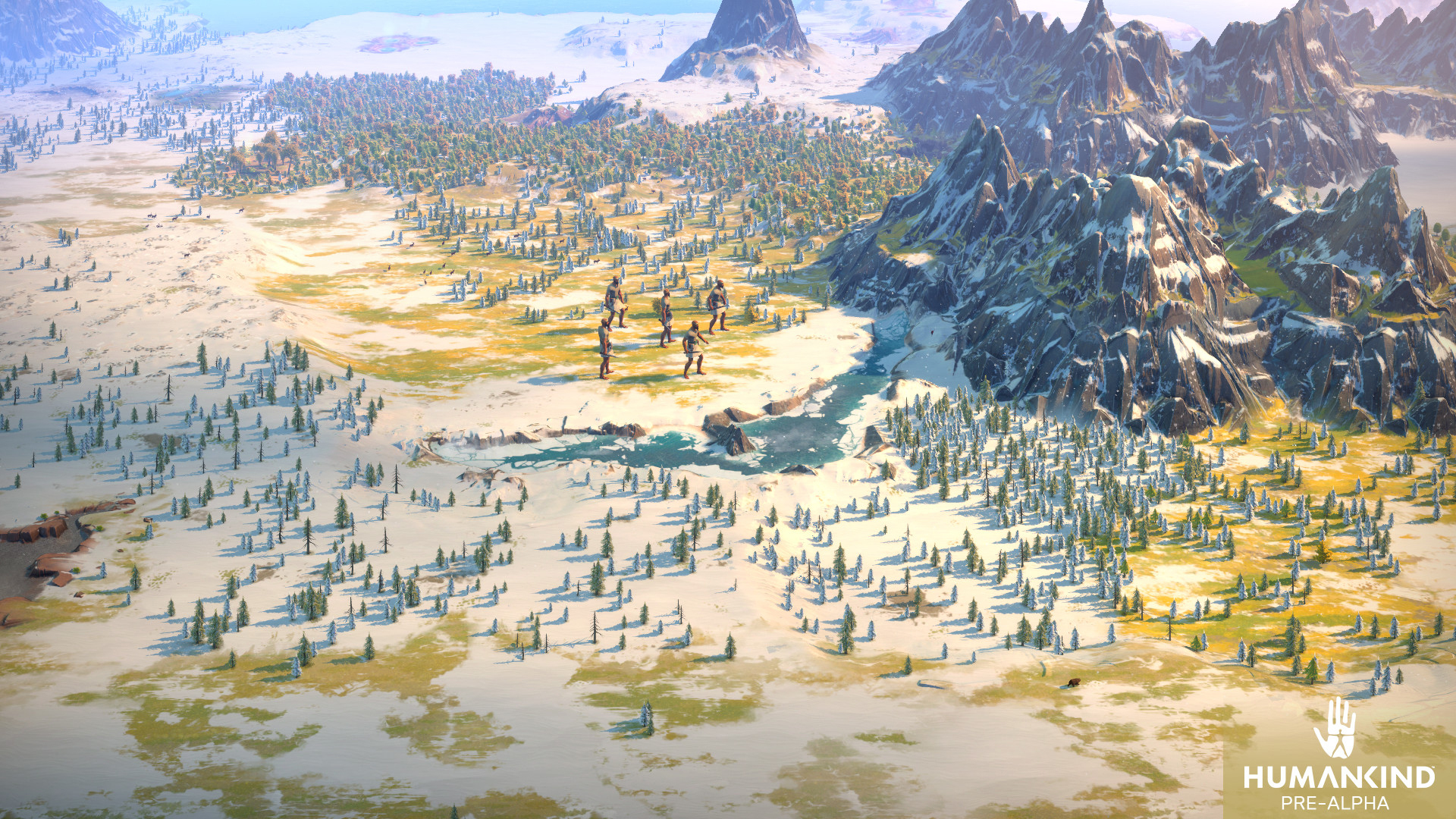
Discovering a Natural Wonder will grant you Fame.
While many great discoveries and projects contribute to your Fame, the main source of Fame are the Era Stars.
In each era, you can earn Era Stars in seven categories related to your economic development, military, and expansion. You may earn up to three stars in each category by reaching increasingly difficult goals scaling with how well you were doing in that category in previous eras. Once you have earned 7 Era Stars, you are ready to transition to a different Culture or transcend with your current Culture. You do not have to make this decision immediately, but as any Culture can be present only once in game, delaying for too long may limit your choices.
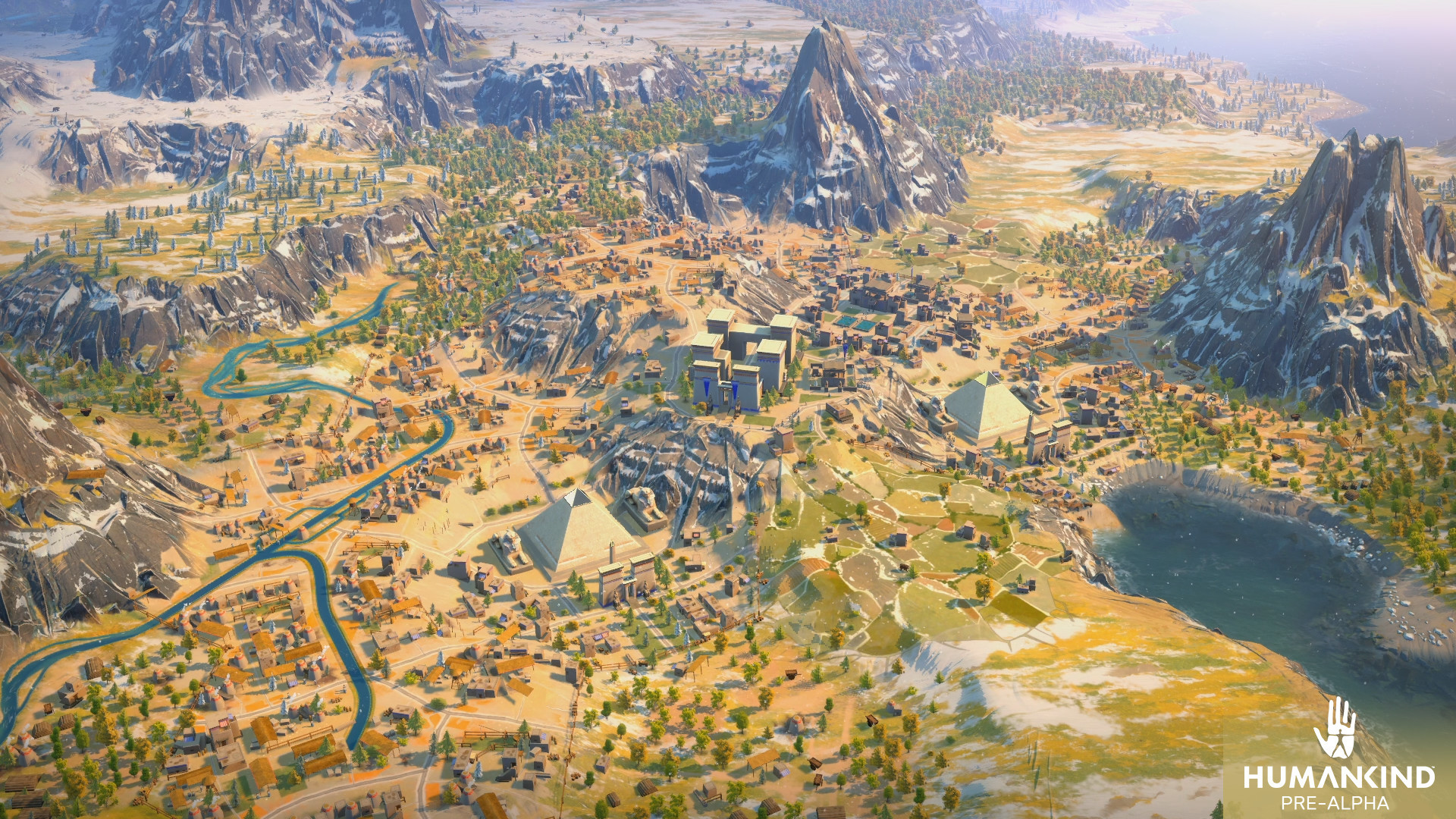
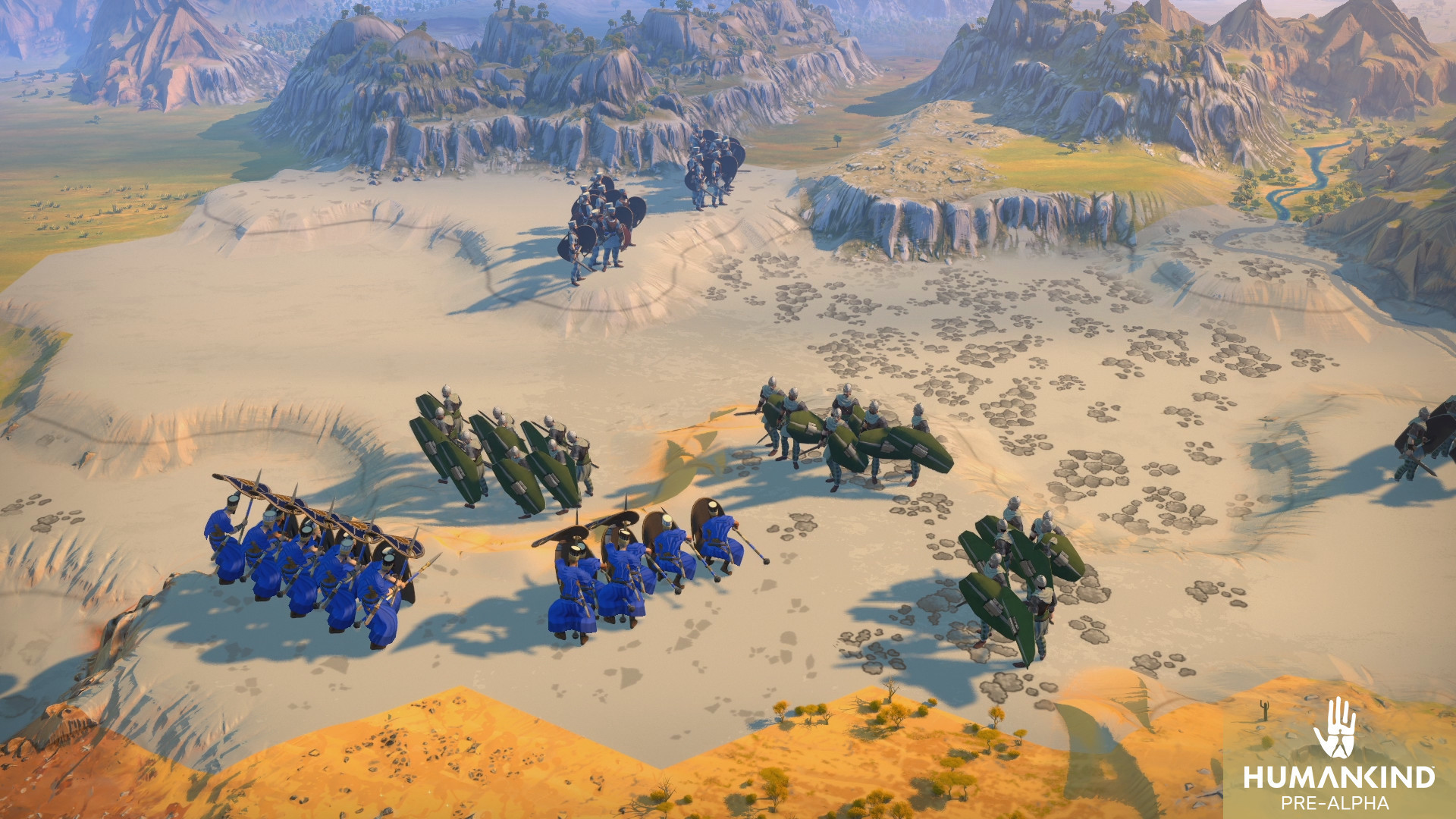
Are you a builder... or a conqueror?
We want each Culture to feel appropriate to their era, to maintain immersion and a sense of authenticity, which is why when you enter a new Era, you are given a choice of ten Cultures that were prominent during this period of history.
We worked closely with historians to ensure that we present a proper picture of these cultures, both in their overall presentation and in the details. While this is perhaps most visible in the artwork and the 3D models used in game, we also want the unique character of each culture to be reflected in gameplay, so each Culture is defined in gameplay by four features:
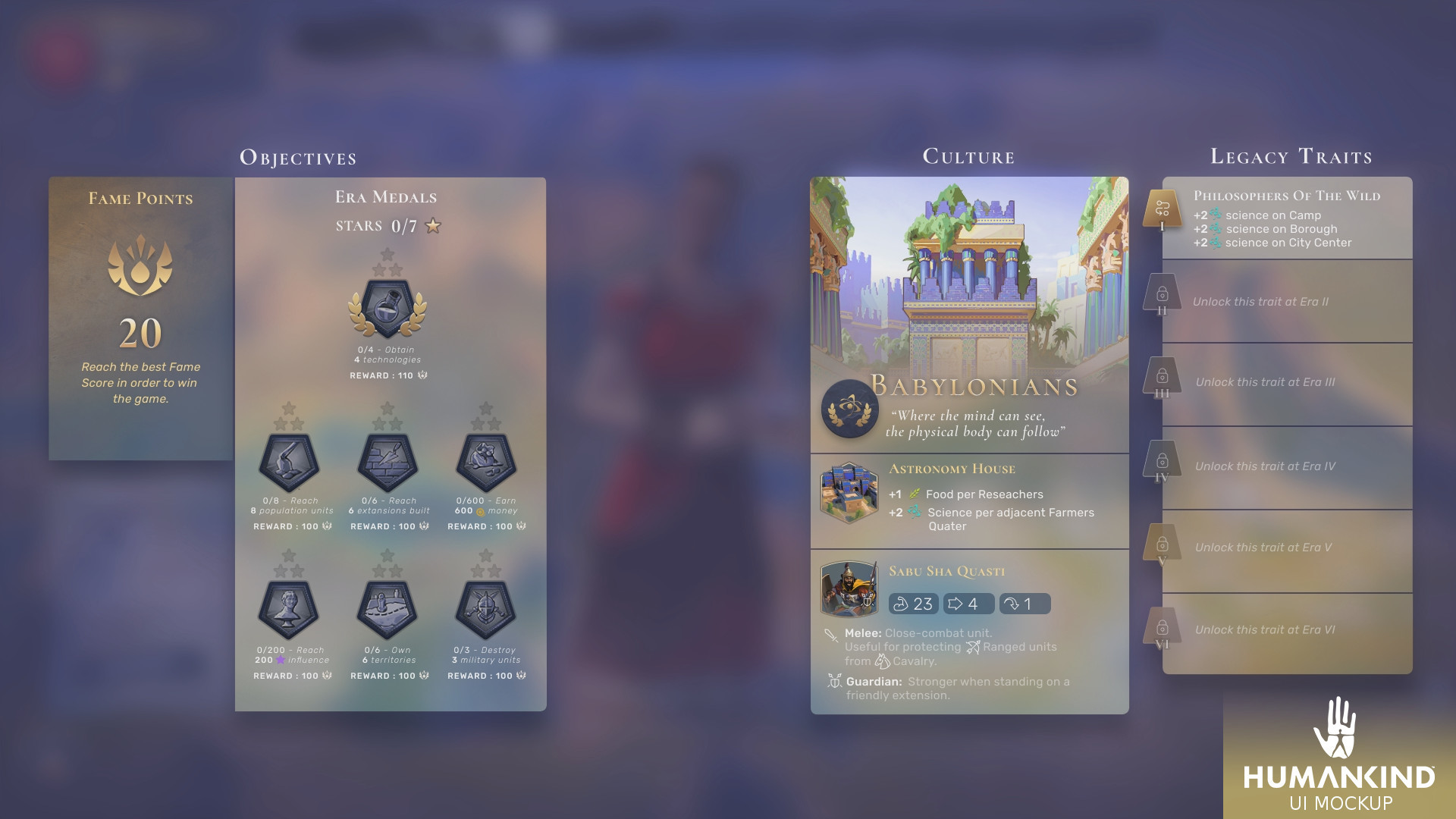
A design draft of a screen showing your civilization.
A Gameplay Orientation, like Agrarian, Aesthete, or Militarist, giving you access to a powerful ability related to this Orientation, as well as increased Fame gains for the related Era Star.
An Emblematic Quarter, which offers unique bonuses or effects that will remain active in the cities that built them as the game advances through the Eras.
An Emblematic Unit with a unique ability that sets them apart from their common counterpart and expands your options in tactical combat.
A Legacy Trait granting a unique bonus that you will keep throughout the rest of the game, allowing you to combine up to six different Legacy Traits by the end of the game.
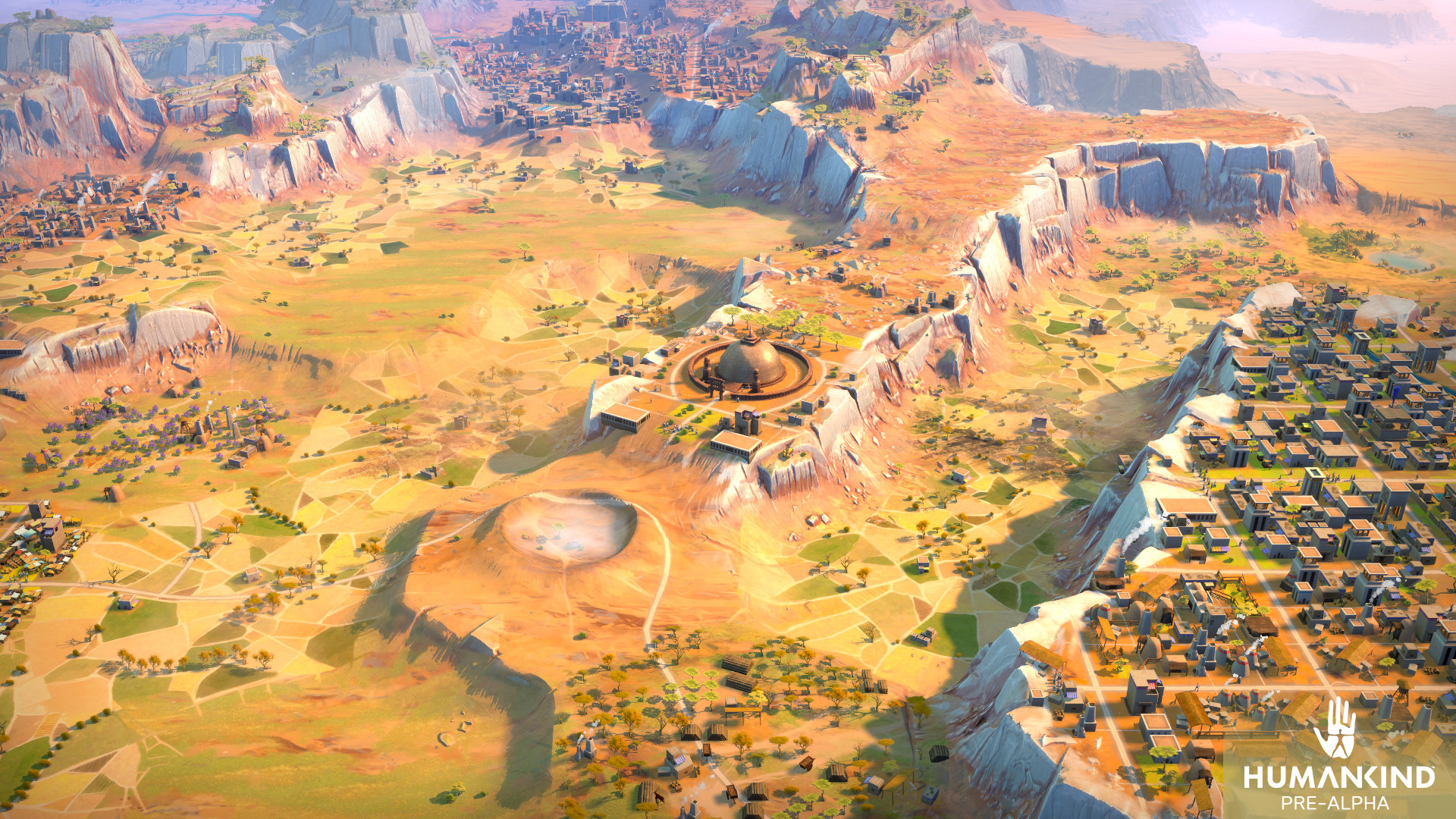
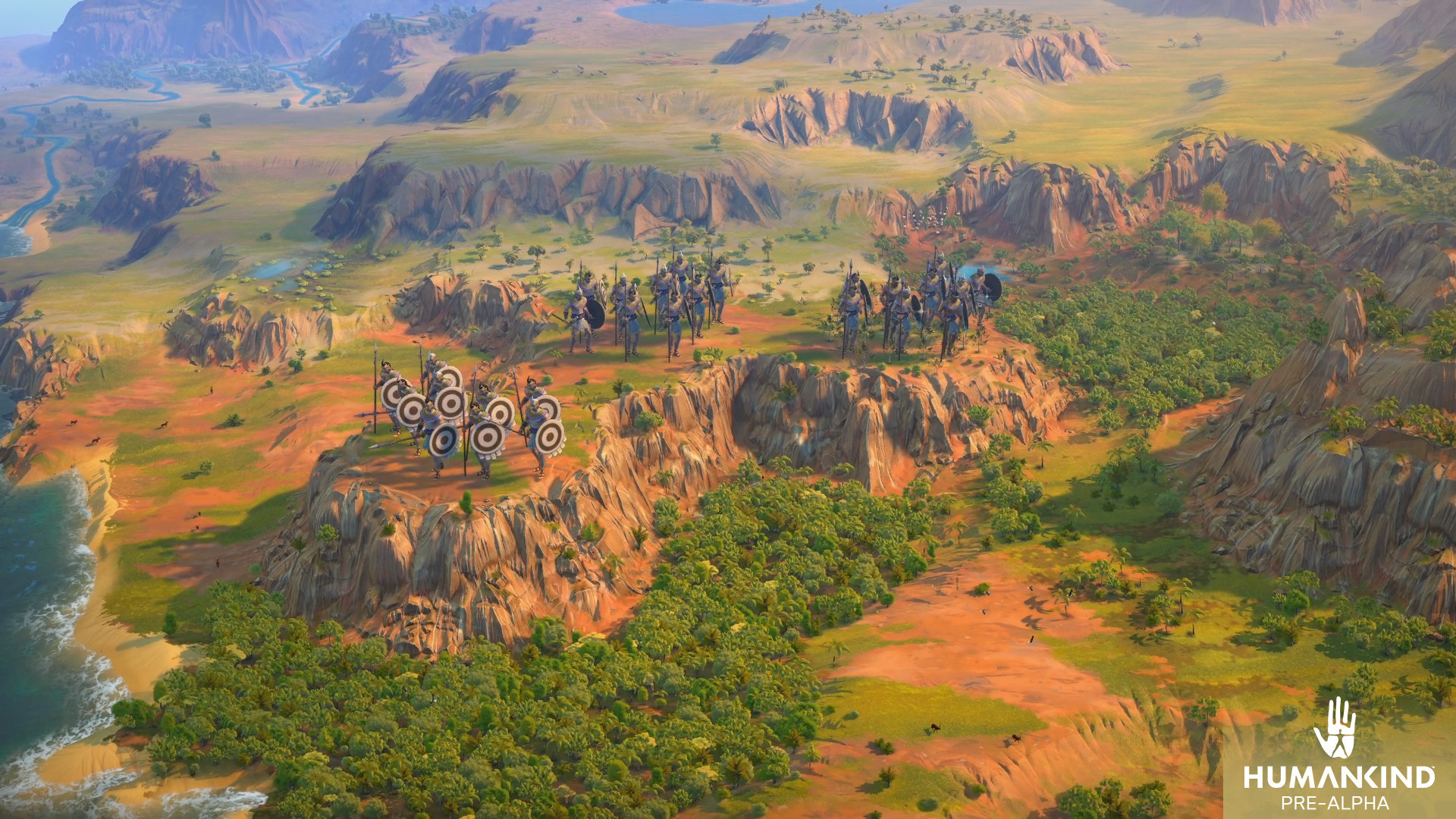
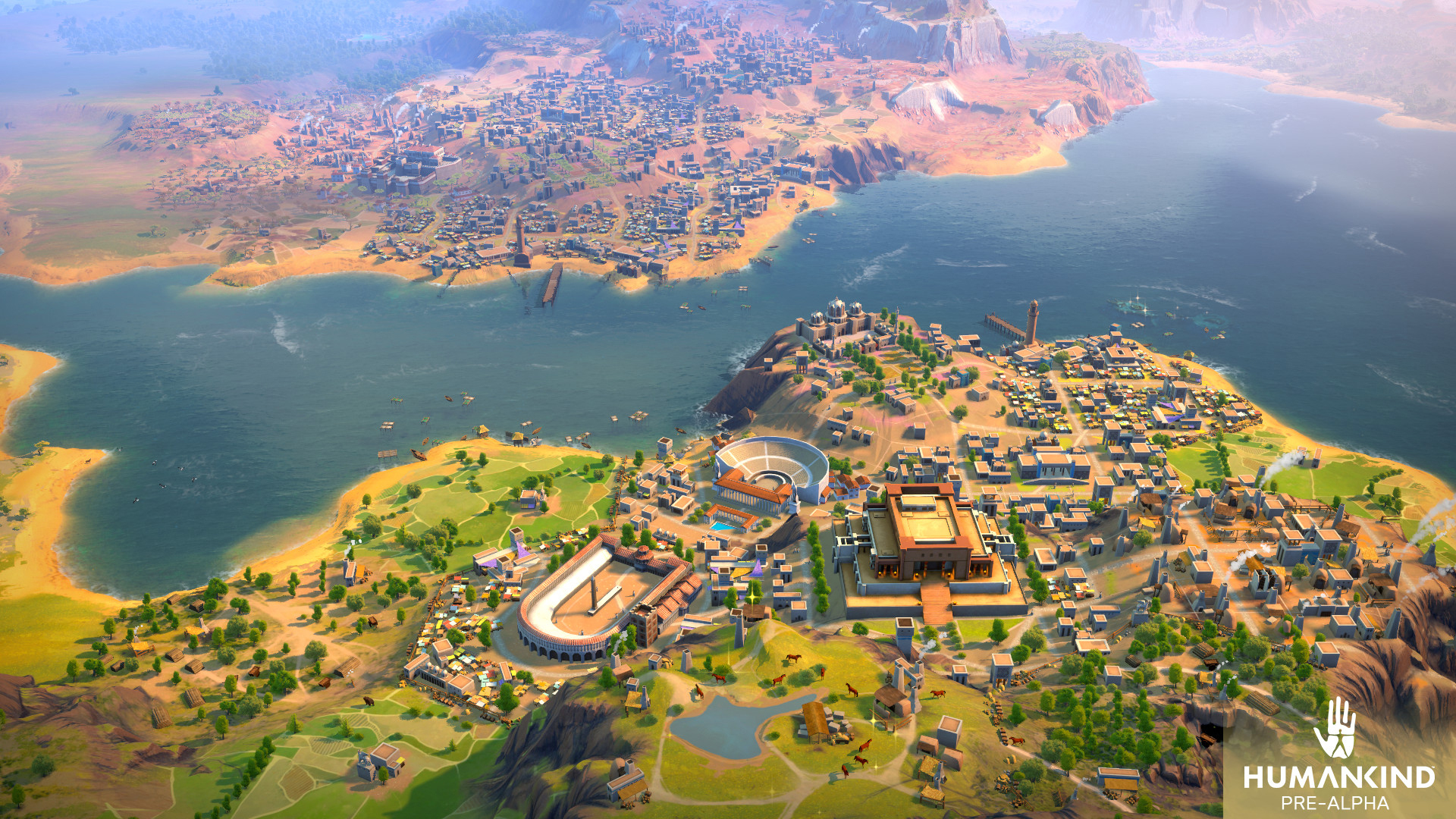
Of course, we do not want to force you to abandon a Culture you are particularly enjoying, so you also have the option to transcend with your current culture. This means forgoing a new Legacy Trait, Emblematic Quarter, and Emblematic Unit, in exchange for gaining additional Fame for the rest of the game.
Questions? Comments? Let us know below!
We hope you enjoyed this closer look at Fame and Cultures in Humankind!
Since we announced Humankind, we have seen a lot of questions and speculation on two core systems of the game: Fame and Cultures. It’s finally time for us to dive deeper into how you will leave your mark on history and shape the legacy of your civilization, so check out the video and blogpost below:
Humankind is all about your journey through history, not its conclusion, and this is reflected in the games unified victory condition known as Fame. Every discovery you make, every wonder you built, and many other great deeds will grant you Fame, tracking the mark your civilization left on history. With all your achievements taken into account, Humankind offers you many paths to a single goal: To shape a legacy that lasts through the ages! After all, we remember great builders and great conquerors alike.
This also gives you a lot of flexibility to adapt your strategy to your environment and changing circumstances as the game advances. You can shift from being a civilization focused on science and trade to defending against an aggressor with both contributing equally to your Fame. As all of your great achievements add to your Fame regardless of Era, your journey through history is as important as the goal you eventually reach.

Discovering a Natural Wonder will grant you Fame.
While many great discoveries and projects contribute to your Fame, the main source of Fame are the Era Stars.
In each era, you can earn Era Stars in seven categories related to your economic development, military, and expansion. You may earn up to three stars in each category by reaching increasingly difficult goals scaling with how well you were doing in that category in previous eras. Once you have earned 7 Era Stars, you are ready to transition to a different Culture or transcend with your current Culture. You do not have to make this decision immediately, but as any Culture can be present only once in game, delaying for too long may limit your choices.


Are you a builder... or a conqueror?
We want each Culture to feel appropriate to their era, to maintain immersion and a sense of authenticity, which is why when you enter a new Era, you are given a choice of ten Cultures that were prominent during this period of history.
We worked closely with historians to ensure that we present a proper picture of these cultures, both in their overall presentation and in the details. While this is perhaps most visible in the artwork and the 3D models used in game, we also want the unique character of each culture to be reflected in gameplay, so each Culture is defined in gameplay by four features:

A design draft of a screen showing your civilization.
A Gameplay Orientation, like Agrarian, Aesthete, or Militarist, giving you access to a powerful ability related to this Orientation, as well as increased Fame gains for the related Era Star.
An Emblematic Quarter, which offers unique bonuses or effects that will remain active in the cities that built them as the game advances through the Eras.
An Emblematic Unit with a unique ability that sets them apart from their common counterpart and expands your options in tactical combat.
A Legacy Trait granting a unique bonus that you will keep throughout the rest of the game, allowing you to combine up to six different Legacy Traits by the end of the game.



Of course, we do not want to force you to abandon a Culture you are particularly enjoying, so you also have the option to transcend with your current culture. This means forgoing a new Legacy Trait, Emblematic Quarter, and Emblematic Unit, in exchange for gaining additional Fame for the rest of the game.
Questions? Comments? Let us know below!
We hope you enjoyed this closer look at Fame and Cultures in Humankind!





